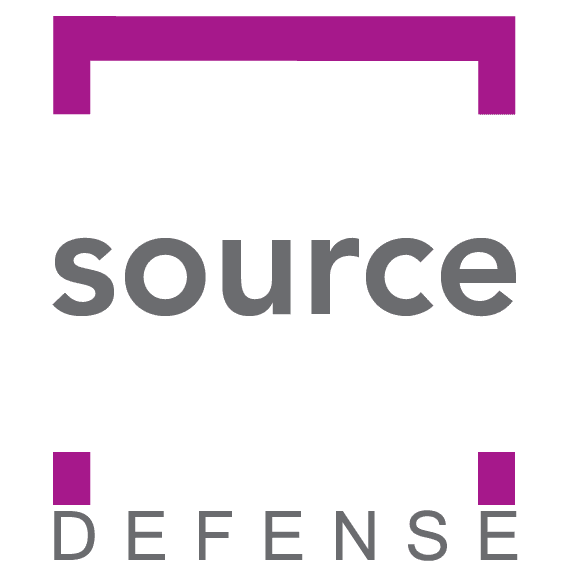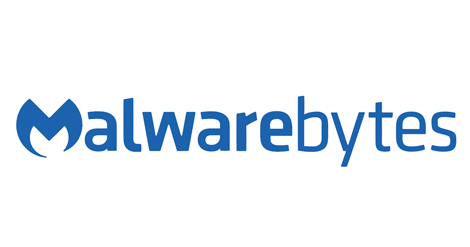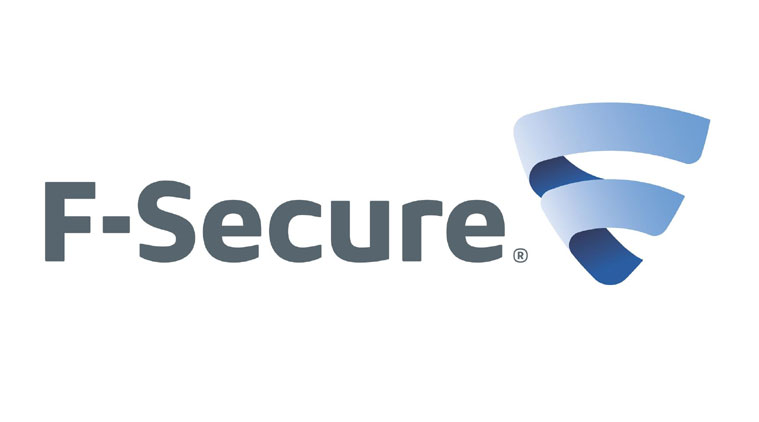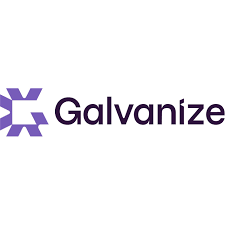
Categories
Problems that solves
Shortage of inhouse software developers
Shortage of inhouse IT resources
Shortage of inhouse IT engineers
High costs of IT personnel
Values
Reduce Costs
Enhance Staff Productivity
About Product
Description
Attack Prophecy® is the most advanced system for the detection and protection against web attacks. It automatically learns the legitimate (normal) traffic profile by observing its live traces and works in three steps.
- Learn the profile of legitimate traffic
- Detect anomalous events to highlight computer attacks
- Protect web services according to the detected anomalies
- Detecting attacks against the monitored Web Services: this offers enhanced protection and coverage against a broader range of attacks; ad-hoc detection algorithms can be also defined, upon request, to meet specific needs.
- Ensuring the safety of the learning and detection process: this makes Attack Prophecy® more resilient against attacks who attempt to evade the detection mechanism.
- Explaining the operators, in presence of anomalies, reasons why an alert has been raised: this increases the accountability of the solution.
- Attacks in the OWASP Top 10
- Injection attacks
- Cross-Site Scripting (XSS)
- Sensitive Data Exposure
- Phishing
- Zero-day attacks

















